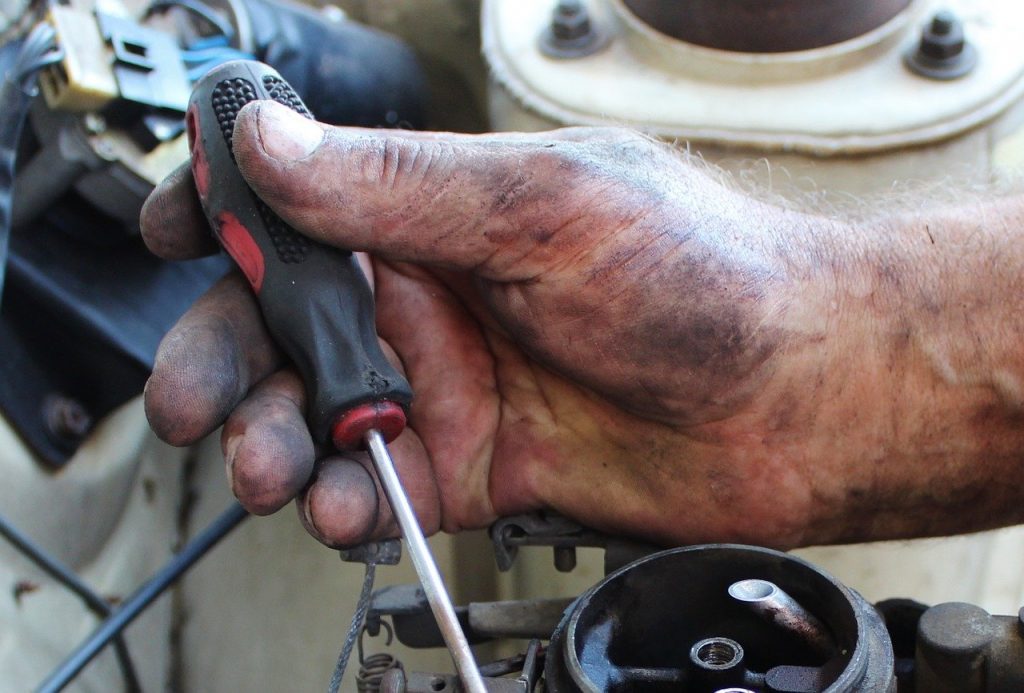
There’s always a joy when you can fix something on your own. Especially when you’re home this isolation and live in a city like Melbourne. It’s not just rewarding for your sense of self-accomplishment, but budget-wise, it helps a lot too. And in terms of dealing with portable air compressors, particularly, you would find yourself solo in using it most of the time. Expect that so would the fixing too. So, we have enlisted simple hacks on dealing with every specific dilemma you might be encountering later on.
Before anything else, remember that air compressors could be dangerous as it can explode if you do not observe proper air compressor maintenance and repair. Also, take note of the three primary functions of air compressors:
- They need power
- They must maintain the right pressure
- They should control the flow the compressed air.
Now that we know these bits, here are some DIY fixes you can do on your own. Almost all the malfunctions you will encounter may fall into any of these categories. That being said, complex repairs should be left to the experts since high-pressure air compressors can rupture if the tank is in any sort of damage.
ADJUSTING THE AIRFLOW
- Take off the plastic cover from the compressor’s top by removing the screws. As you lift off the cover, two screws on the pressure maintaining valve right underneath become accessible.
NOTE: TO TURN THE COMPRESSOR OFF, USE THE TOP SCREW. TO TURN THE COMPRESSOR ON, USE THE BOTTOM SCREW.
- Turn the compressor on first, then off, and then check the setting of your compressor. Adjust the pressure with the upper screw.
NOTE: TIGHTEN THE SCREW TO RAISE THE PRESSURE. LOOSEN THE SCREW TO REDUCE THE PRESSURE.
- Adjust the pressure release valve as necessary while you take note of the pressure released by the compressor as it kicks on. Gauge the desired pressure by using the lower screw in adjusting the setting.
- Finalize the repair after finding the correct pressure by replacing the covers and screws accordingly.
RESTORING THE POWER OF YOUR AIR COMPRESSOR
While the most obvious fix is to double-check whether the compressor is plugged or not, to assure function ability, here’s what you may try if you still find your air compressor non-responsive:
- Press the reset button which is usually located at the side of the motor. Locate a round, black or red button near the power cord to reset the circuit breaker.
- If this still doesn’t restore power, thoroughly check the compressor’s cord if it’s in any way compromised. If you deem it in good condition, check any loose plugs then tighten it if necessary.
- Still no success? Plug the compressor into a different socket to check where the fault is coming from if it’s from the compressor or the source of power. Make sure that the circuit breaker is connected to the plug you are using at the present. And just for the sake of double-checking again, flip the switch of the breaker off, then back on.
- Another way to rule this problem out is to test the actual outlet you are using by plugging in another appliance. If this plug works for the other device, try eliminating any extension cords that could be another culprit.
- If all of these give you zero success, it’s a cue that you need to bring your compressor to a professional technician.

IN REPAIRING LEAKS
- Unplug all of the hoses and tools then allow the compressor to charge by turning it on.
- Prepare a solution of soapy water. Watch carefully for the formation of bubbles as you spray or pour the solution around the fittings. When bubbles form at a certain area, that part leaks. If no bubbles form, maintain it that way by repeating this assessment once every month at least. If bubbles formed, proceed to the following steps.
- Turn off your air compressor to release the pressure from the tank.
- Take out the fittings where the bubbles formed. Use Teflon plumber’s tape on the fittings’ threads.
- Return the fittings and make sure you tightened them down.
- Turn the compressor back on to charge.
- To make sure the leak had been repaired, test the fittings with soapy water again. If bubbles still form, turn off the compressor then tape it up more.
FIND AND USE THE APPROPRIATE PARTS FOR THE JOB
While the problems above are the most common ones that can be addressed quickly and easily, particular fixes would require you to replace certain parts such as the valve, tubings, solenoid, and gauges.
- A great way to handle it first is to check out quality compressor parts in your local hardware store to fix your air compressor.
- If there are equally knowledgeable people in the store, ask for leads on how to purchase some parts that the very store doesn’t sell.
- You may check these compressor parts online if you can’t find what you need locally.